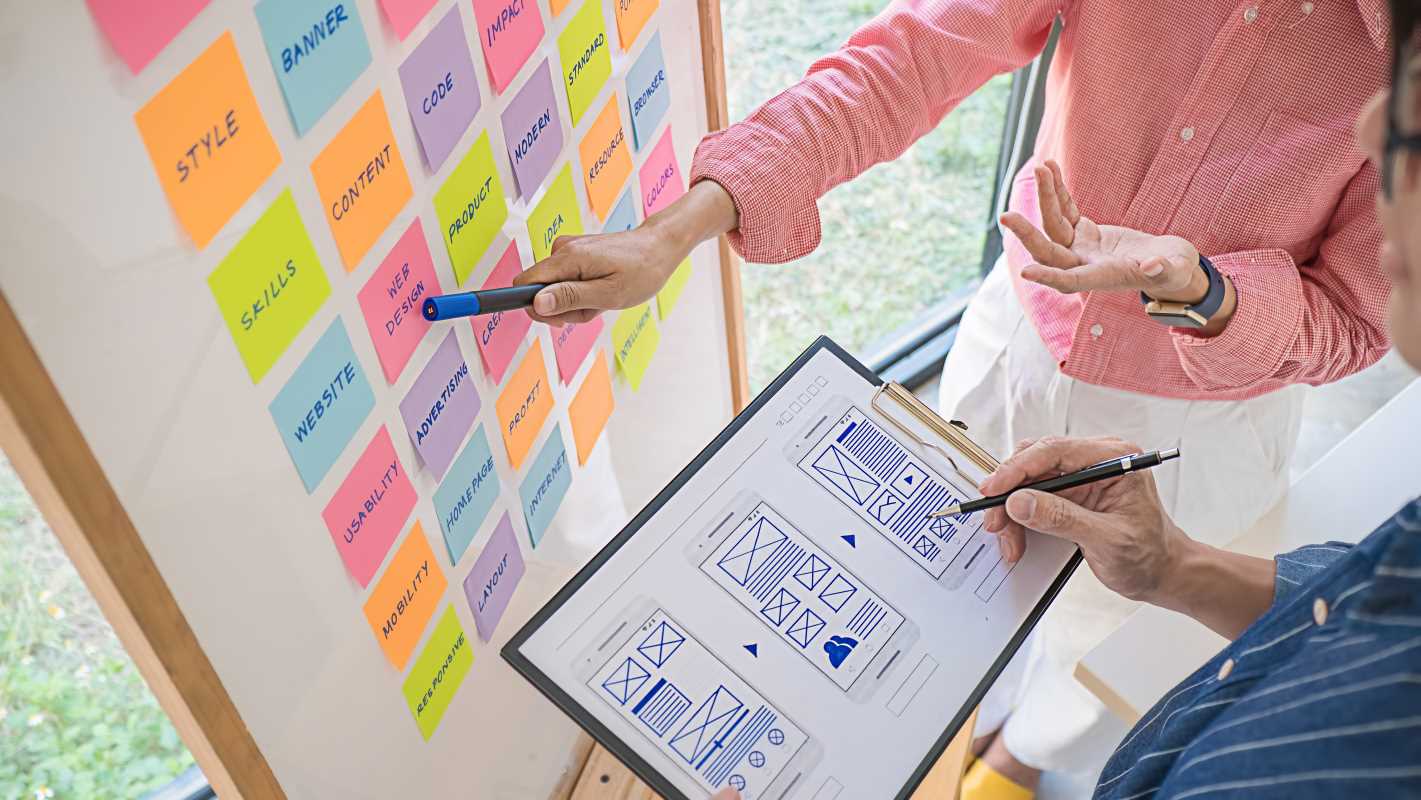Creative learning flourishes in design thinking bootcamps, where participants dive into hands-on activities that encourage inventive problem-solving. These programs lead attendees through a series of interactive exercises and live challenges, helping them develop practical solutions to real-world problems. Throughout the bootcamp, individuals move step-by-step from initial research to building real prototypes, gaining valuable skills along the way. Each stage emphasizes clear thinking and purposeful action, ensuring that every solution addresses complex issues with focus and intent. By the end of the experience, participants leave with not only new insights, but also concrete ideas ready for implementation.
Participants develop a mindset that values iterative discovery and active experimentation. They gain confidence and skills to tackle industry challenges through collaborative projects and interactive sessions, laying a foundation for future creative endeavors.
What does design thinking involve?
Design thinking involves solving problems centered on humans while encouraging a balance between analytical and creative reasoning. The process begins with understanding real needs and quickly moves into idea generation and testing, ensuring solutions are both practical and innovative.
This approach focuses on empathy and continuous feedback, refining ideas through clear steps and active user involvement. It turns traditional problem analysis into a dynamic series of experiments that challenge assumptions and spark transformative outcomes.
How bootcamps promote innovative solutions
Bootcamp environments stimulate hands-on practice and real-time problem solving. Participants actively participate in sessions that combine theory with live application, transforming concepts into breakthrough outcomes. The collaborative format sparks fresh ideas and encourages swift iteration.
- Clear, actionable feedback on concepts from peers and mentors.
- Opportunities to experiment with unconventional approaches.
- Structured challenges that promote learning by doing.
- Access to case studies and real-life scenarios that provide context.
- Focused sessions dedicated to developing innovative solutions that impact workflows and projects.
These bootcamps instill optimism and practical insights, motivating participants to immediately apply learned techniques. The interactive nature of bootcamps creates spaces where ideas evolve rapidly from initial sketches to working models.
Key parts of a design thinking bootcamp
Effective bootcamps combine a mix of theoretical learning and practical application. The curriculum is divided into distinct modules that build upon each other, enabling tangible progress with every step along the process.
The typical stages of these bootcamps include an exploration into the core elements of creative problem solving:
- Empathize: Understand user needs through research and direct observation.
- Define: Clarify the problems to be solved with precise statements.
- Ideate: Generate a range of creative ideas without constraints.
- Prototype: Create tangible representations of ideas to test their viability.
- Test: Assess the prototypes with real users to refine or redirect efforts.
Choosing a bootcamp that truly matches individual needs requires careful evaluation of the program’s curriculum, mentorship, and community environment. Research participants’ past experiences and success stories to gain valuable insights into the overall quality and practical impact of the bootcamp.
When exploring options, consider the following advice to ensure alignment with professional goals and learning preferences:
- Review the bootcamp’s agenda to understand what topics it covers in depth.
- Look for opportunities to work on real-life challenges that reflect industry demands.
- Investigate the background and current work of instructors for proven practical experience.
- Read participant testimonials that detail project outcomes and skill development.
- Assess the level of post-bootcamp support and networking opportunities offered.
Bootcamps provide a structured yet adaptable environment that quickly turns theoretical knowledge into applied expertise. Participating in these programs creates opportunities to implement creative solutions that promote both personal and professional growth.
Design thinking bootcamps help you solve problems with greater creativity and clarity. Joining these programs can quickly improve your problem-solving abilities.







